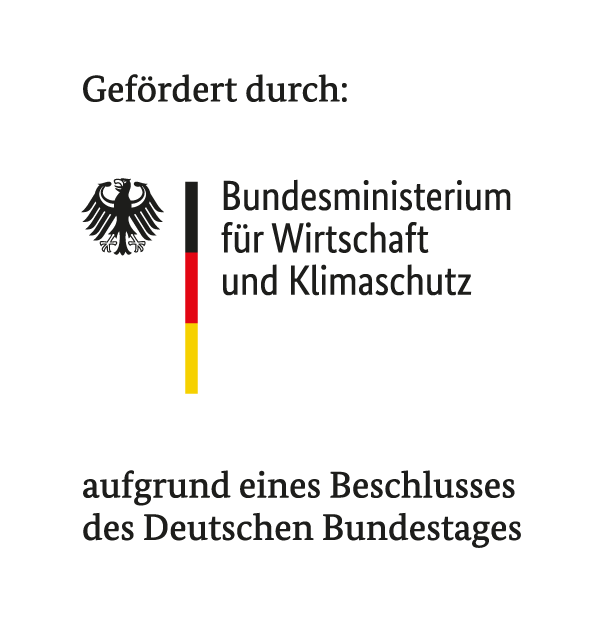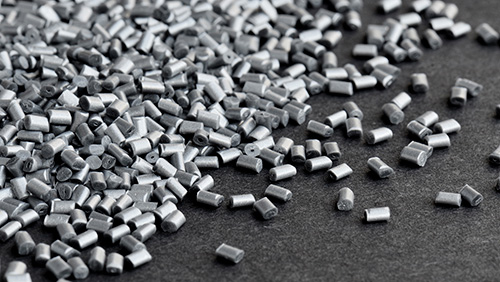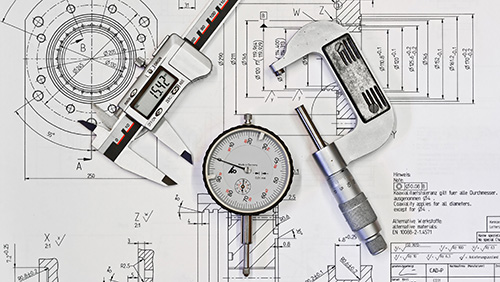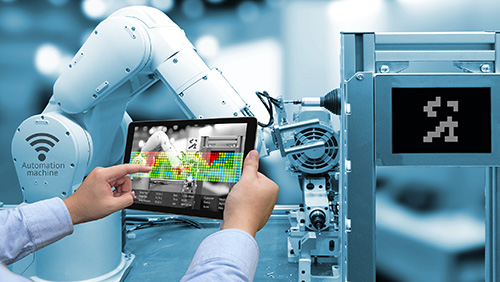Find projects
Energy input in twin-screw extruders
Improved operating point design by simulating the axial-location-resolved energy input when processing plastics on co-rotating twin-screw machines
Project duration
From: 01.08.2020 To: 31.01.2023Description
The complex interrelationships between process parameters and material properties present machine manufacturers and compounders with new challenges as the variety of formulations increases. In order to reduce the time-consuming and cost-intensive trial-and-error tests, computer-aided simulation methods have become increasingly established. The mechanical energy input or the torque load of the extruder screws in the co-rotating twin-screw extruder has hardly been considered in this context due to the complex validation options available up to now. This applies in particular to the possibility of determining the torque only as an integral value over the complete extruder screw. The numerous variation possibilities of barrel and modular screw design offer the compounder many advantages to improve the process, but complicates the process understanding and the prediction of the energy input. The aim of the research project was to advance the simulation considerations with regards to the energy input over the different zone areas of the screw. For this purpose, it was necessary to develop and validate a measurement approach, which determines the applied torque online in an axial location and can thus be used for simulation validation.
The measurement approach is based on the use of sensors placed directly above the extruder screws and thus able to map the screw circumference contour (screw flight and valley). Here, due to the very sharp-edged signal curve, the capacitive sensors proved to be promising, however, did not show any practical suitability due to the very small measuring range (< 0.5 mm). The torque load occurring between two sensors should generate a phase difference between the two sensor signal sequence due to the associated torsion of the shaft. Since the torsion angle due to the torque load builds up not only between the two sensor positions, but also from the clamping of the screw to the point of application, and since the different torque loads overlap along the screw (superposition principle), the experimental investigations showed that a clear local determination of the torque was not possible. Another evaluation approach based on the relative time shift of the signal curve of a single sensor compared to a simulated signal curve also did not show sufficient measurement accuracy due to the screw speed fluctuations. Therefore, alternative validation methods had to be used in the course of the project. For this purpose, the screw zone was constructed section by section and the total torque was used as a reference.
In the field of experimental investigations, it was thus possible to examine the individual zones of the co-rotating twin-screw extruder offline individually and to investigate the influences of screw speed, mass flow rate, housing temperature and screw configuration on the energy input of the two screw shafts. The sensitivity of the influences could be shown individually for each zone. It was possible with this procedure to focus on the melt conveying zone and to prove that an energy input can be measured and is present here, but that it is negligible in comparison to the other zones. In addition, the numerous experimental investigations provided many insights into the asymmetrical load distribution of the extruder screws, on which subsequent research projects can base a prediction.
For melt conveying, a model could be developed which calculates a shear force at the element surface on the basis of the shear rate and viscosity in the channel. With the aid of a lever arm determined by geometric data and filling degree calculation, this force can be further calculated to the torque and, with the aid of speed and flow rate, to the specific energy input. Thus, it is now possible to calculate the energy input in the molten zone of the twin-screw extruder with axial spatial resolution. With the help of the experimentally determined data, the correctness of the simulation results could be proven. An Excel tool that has been developed can be used by SMEs to help them design their processes in a more material-friendly way in the future and to identify and avoid torque peaks along the screws.
Contact person:









